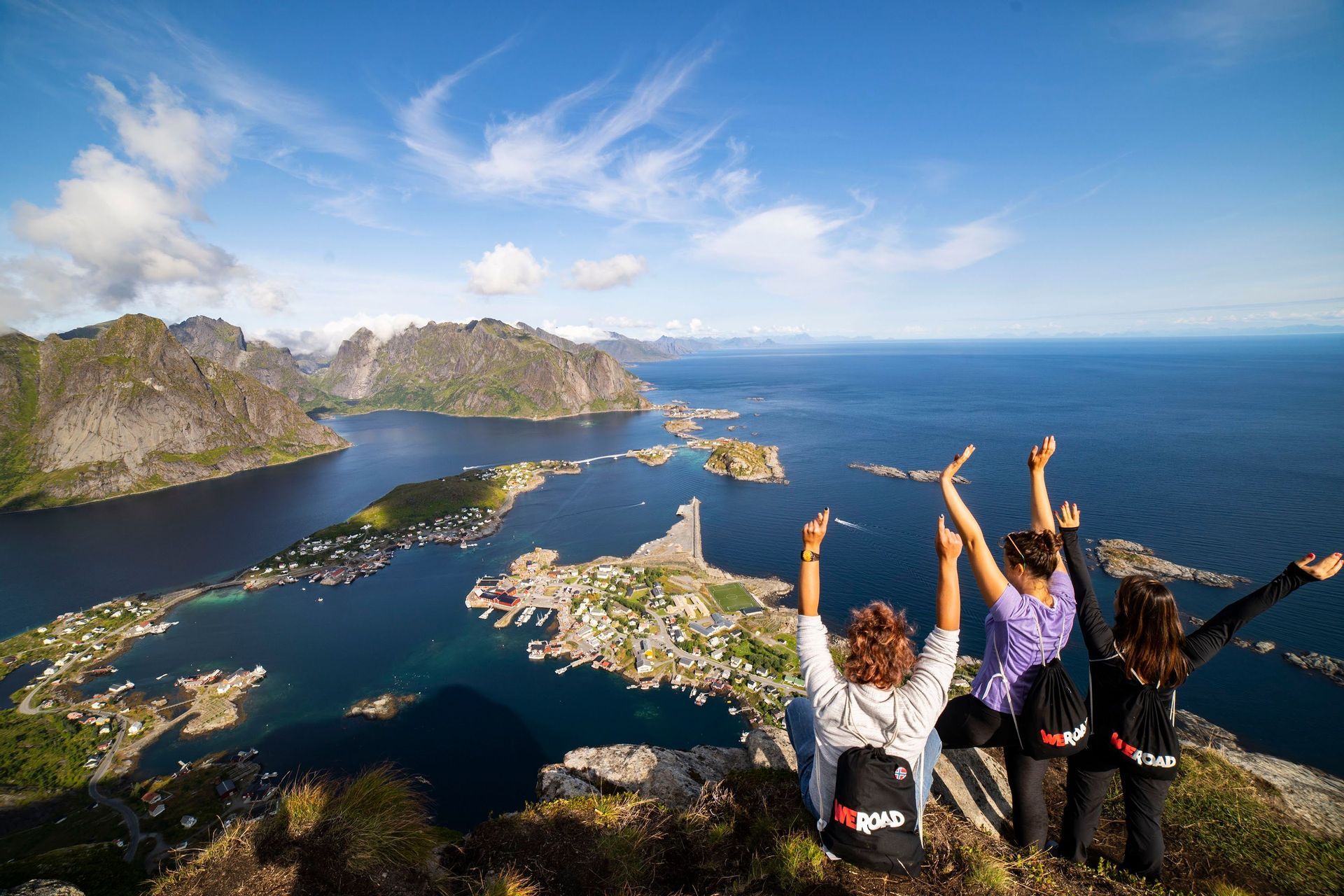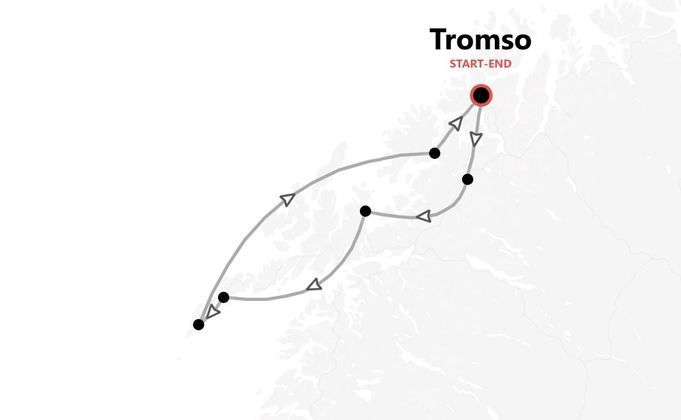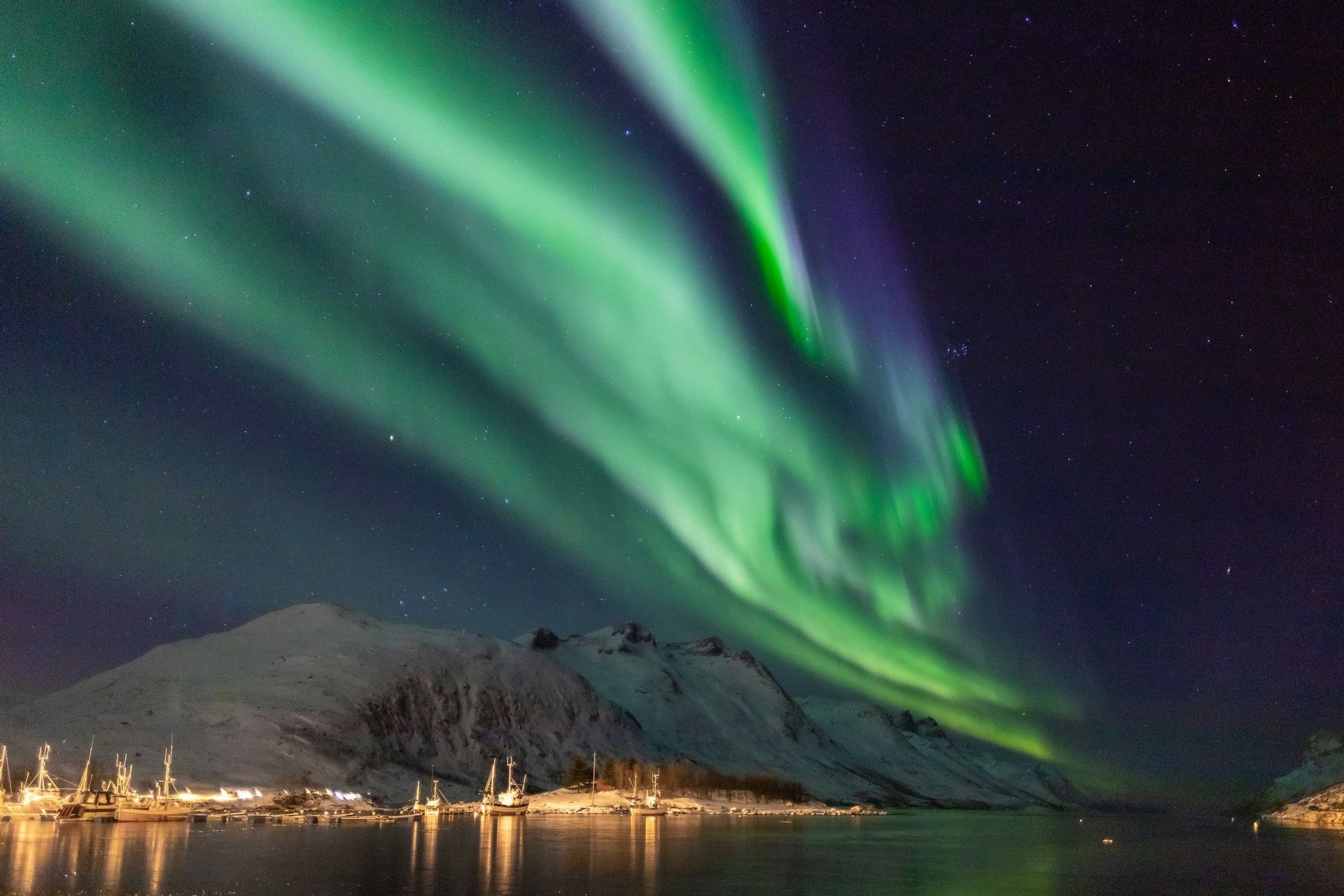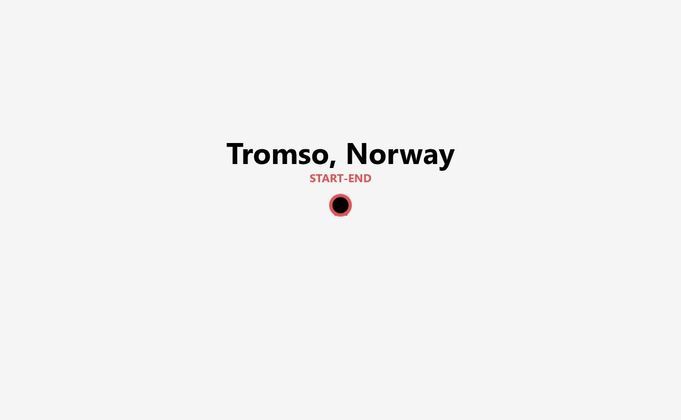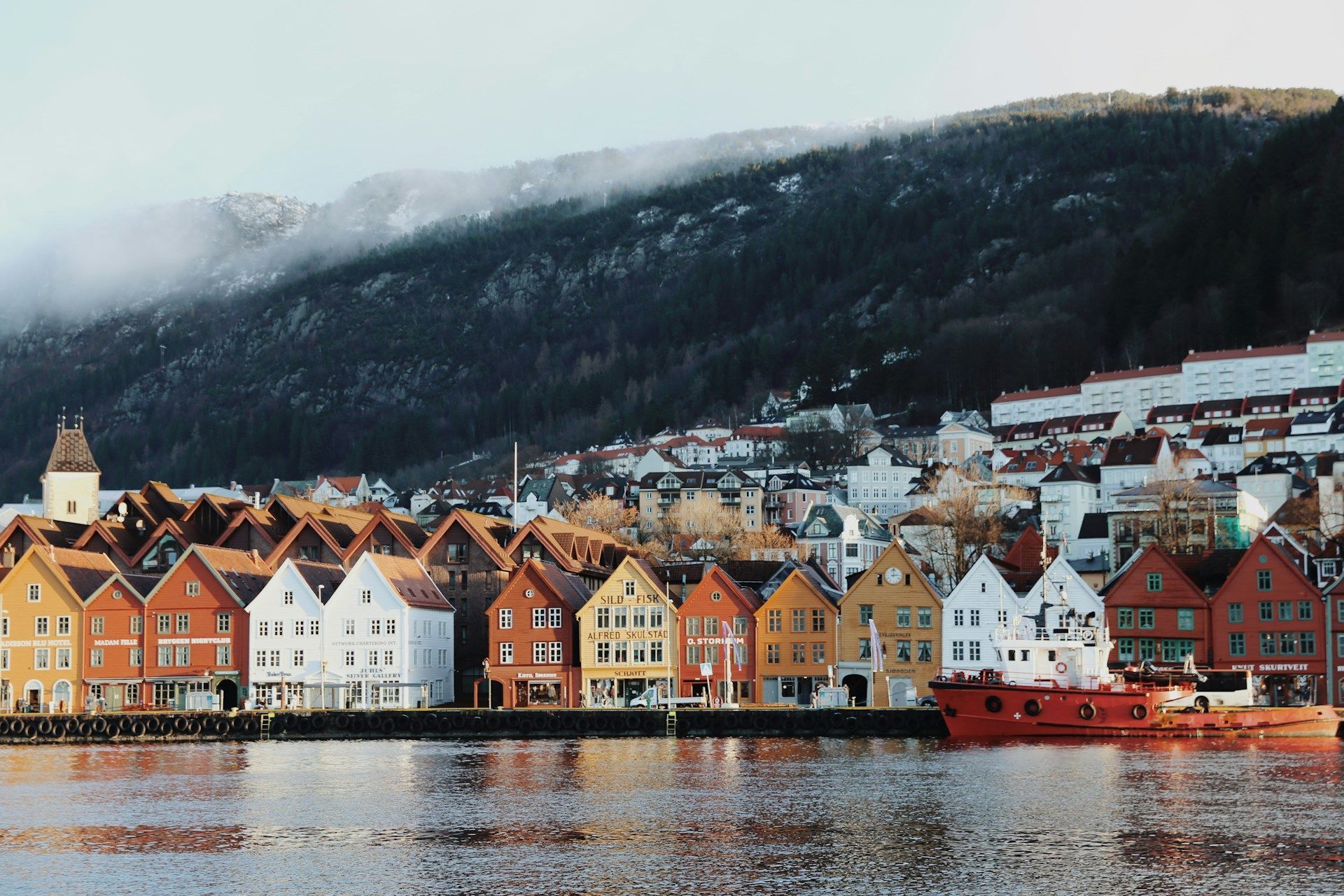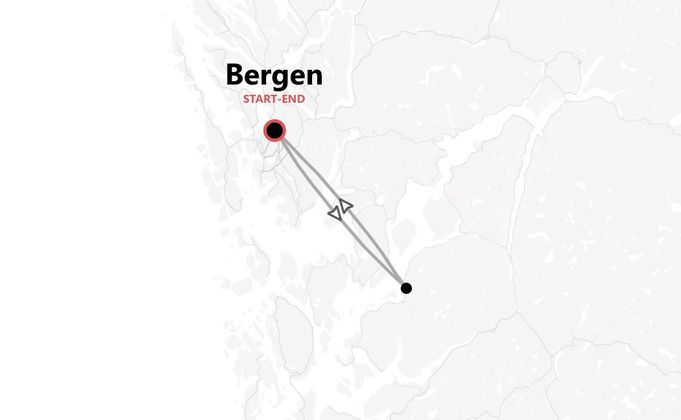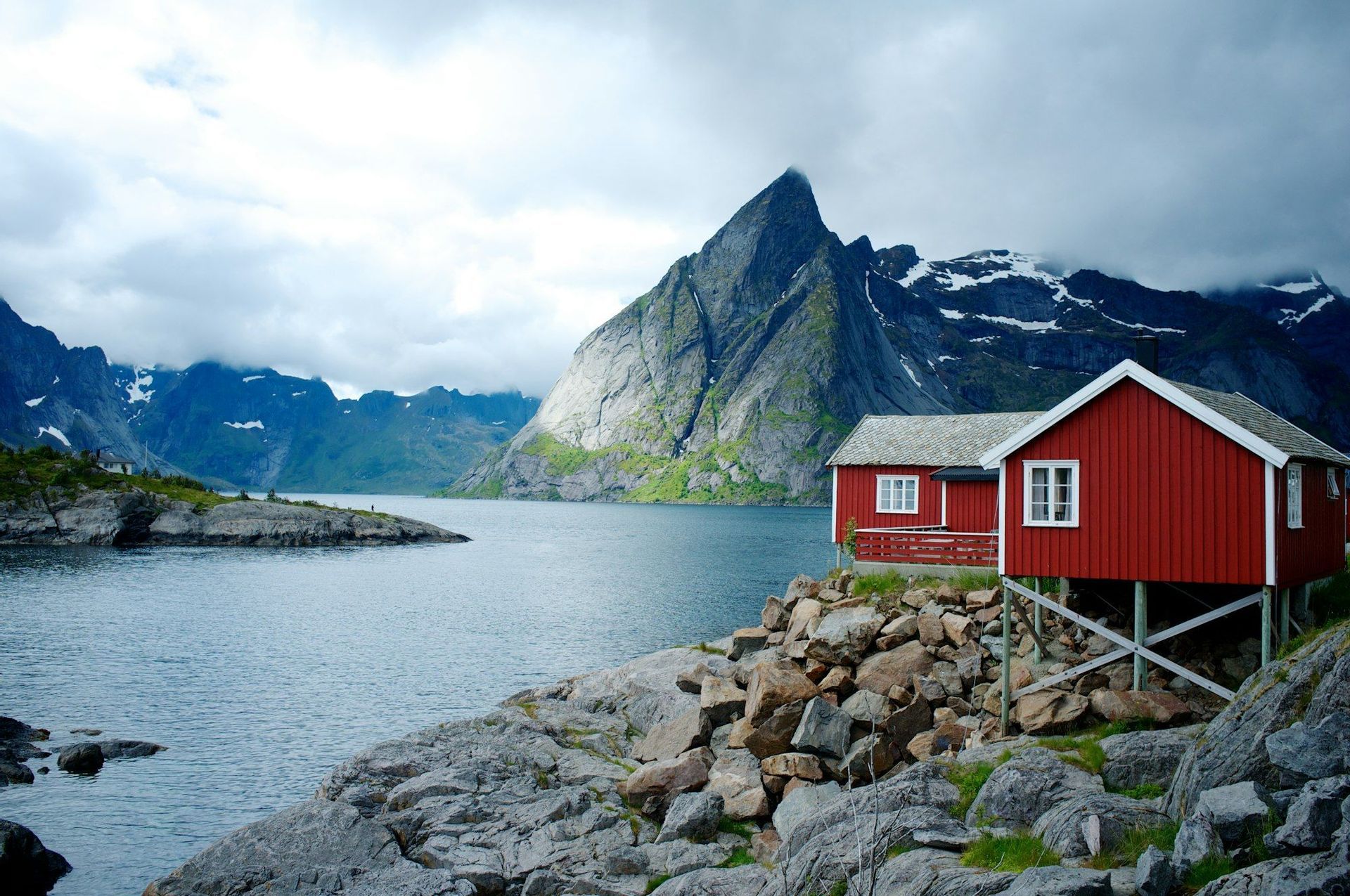
Group trips to Norway
Our organized trips to Norway
Beyond its iconic fjords, Norway unfolds as a captivating canvas where ancient sagas meet future-forward design, offering a land of profound contrasts and unparalleled beauty. From the majestic, UNESCO-listed Geirangerfjord and the ethereal dance of the Northern Lights painting the skies above the Lofoten Islands, to the sophisticated cultural pulse of Oslo, this nation seamlessly blends dramatic natural wonders with vibrant urban innovation. Norway beckons to seekers of both tranquil wilderness and exhilarating adventure, inviting the discerning traveler to immerse themselves in its unique blend of breathtaking landscapes and contemporary charm.
FAQs about Norway
If you are a UK citizen, to find out the entry requirements for Norway, you can check this informational page from our partner Sherpa. If you need a visa, you can apply for it through Sherpa. If you are not a UK citizen, you can still use Sherpa by changing the nationality in the 'Passport' section.
Before traveling, always remember to check the government website of your country of origin for updates on the entry requirements for Norway – you wouldn’t want to stay home due to a bureaucratic detail!
- UK residents: review the FCDO Travel Advice.
- US residents: consult the US Department of State Travel Advice.
- Other residents: refer to your government or local consulate's travel advice.
Norway operates on Central European Time (CET), which is 1 hour ahead of Coordinated Universal Time (UTC+1). During daylight saving time, which runs from the last Sunday in March to the last Sunday in October, Norway switches to Central European Summer Time (CEST), which is UTC+2.
If it is 12pm in the UK, it will be 1pm in Norway during CET and 2pm during CEST.
If it is 12pm on the East Coast of the USA, it will be 6pm in Norway during CET and 7pm during CEST.
The currency used in Norway is the Norwegian Krone (NOK). The daily exchange rate can vary, but as a rough guide:
- 1 GBP is approximately 13 NOK
- 1 USD is about 11 NOK
- 1 EUR is around 12 NOK
You can exchange currency at banks, airports, and currency exchange offices throughout the country.
Credit cards, debit cards, and mobile payments are widely accepted in Norway, making it easy for you to pay for things. Most places, including small shops and public transport, accept contactless payments. Cash is less commonly used, but you can still withdraw Norwegian Krone from ATMs if needed. We suggest you keep some cash on hand for smaller transactions, especially in remote areas.
Tipping in Norway is not mandatory, as service charges are usually included in your bill. However, if you experience exceptional service, leaving a small tip as a token of appreciation is welcome. In restaurants, rounding up the bill or leaving around 5 to 10 percent is common. For taxi drivers, it's polite to round up the fare to the nearest convenient amount. In hotels, tipping porters and housekeeping isn't expected but can be done for outstanding service. Remember, tipping is always a personal choice and not an obligation in Norway.
In Norway, internet access is generally excellent, and Wi-Fi is widely available in most cafes, hotels, and public areas. If you are from Europe or the Schengen area, you can use your existing mobile plan without additional charges due to roaming agreements. However, if you're coming from outside Europe, consider getting a local SIM card or an e-SIM data plan for more convenience. Providers like Telenor and Telia offer good coverage and flexible plans.
In Norway, the official language is Norwegian, which comes in two written forms: Bokmål and Nynorsk. Most Norwegians speak English fluently, so you should have no trouble communicating. Here are some useful Norwegian expressions you might hear or use:
- Hello: Hei
- Thank you: Takk
- Please: Vær så snill
- Yes: Ja
- No: Nei
These basics should help you get by during your travels in Norway.
In Norway, you'll find Type C and Type F plugs. Both types have two round pins. The electrical system operates on a 230V supply voltage and 50Hz frequency. If you're coming from a country that uses a different plug type, like the UK or the USA, we suggest you bring a universal adapter to fit your devices. This will ensure you're all set to charge your gadgets without any hassle.
The main religion in Norway is Christianity, specifically the Evangelical Lutheran Church, which is the Church of Norway. While most Norwegians are members of this church, the country is very secular and respects religious diversity. Important religious holidays include Christmas and Easter, which are widely celebrated. There are no specific dressing requirements based on religion in Norway, so you can dress as you usually would while traveling.
When packing for Norway, it's key to be ready for varied weather, as it can change quickly. Here's a list to help you organize your backpack:
-
Clothing:
- Warm sweater or fleece
- Waterproof jacket
- Thermal underwear
- T-shirts
- Jeans or comfortable pants
- Hat and gloves
-
Shoes:
- Waterproof hiking boots
- Comfortable sneakers
- Warm socks
-
Accessories and Technology:
- Universal adapter
- Power bank
- Camera
- Travel guidebook
- Sunglasses
-
Toiletries and Medication:
- Travel-sized shampoo and conditioner
- Toothbrush and toothpaste
- Sunscreen
- Lip balm
- Pain relievers like ibuprofen
- Motion sickness tablets
Be prepared for both chilly and mild days, especially if you're visiting fjords or mountains.
Norway's weather varies significantly depending on the region and time of year:
- Southern Norway: Mild summers with temperatures around 20°C, and cold winters with snow. Best to visit from June to August for warmer weather.
- Western Norway: Known for its fjords, this area experiences a lot of rain, especially in autumn and winter. Summers are mild. Visit in late spring or early summer for fewer crowds.
- Northern Norway: Arctic climate with cold winters and a chance to see the Northern Lights. Summers have the Midnight Sun with 24 hours of daylight. Visit from May to July for continuous daylight or winter for the Northern Lights.
For the best experience, consider visiting in late spring or summer, when the weather is generally more pleasant across the country.
